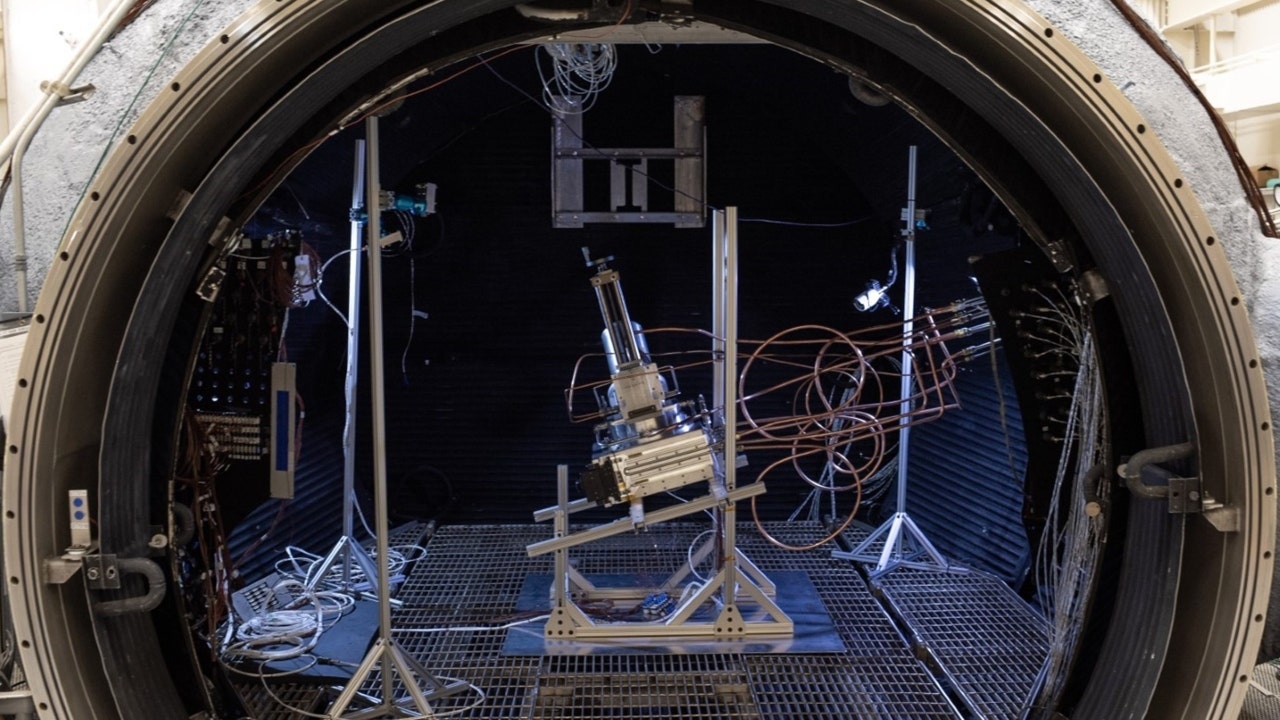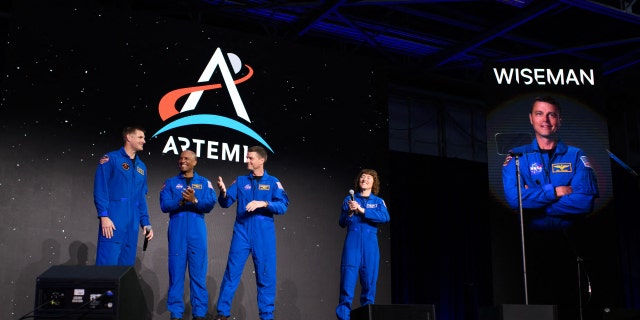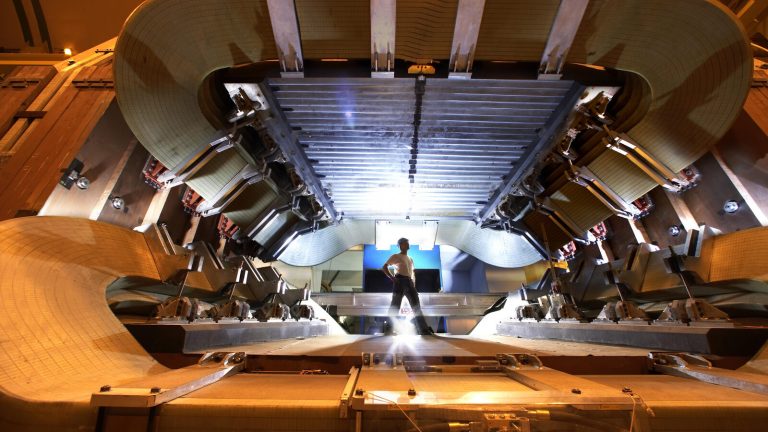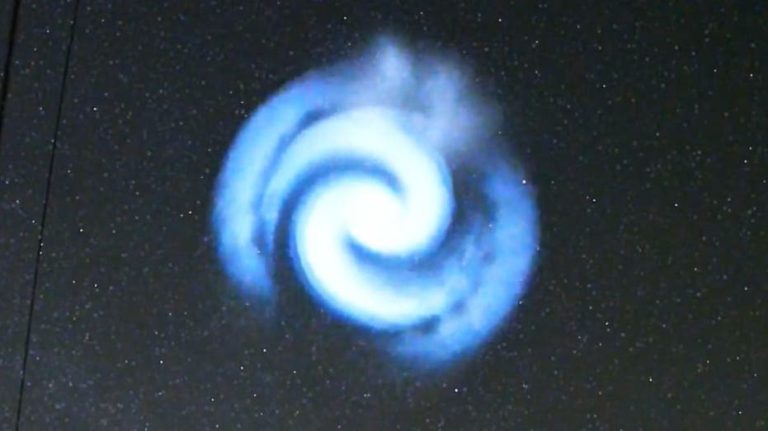
NASA scientists have successfully extracted oxygen from simulated lunar soil.
This marks the first time this extraction has been done in a vacuum environment.
A team from the Johnson Space Center in Texas conducted the test in conditions similar to those found on the moon, using a special spherical chamber with a 15-foot diameter called the Dirty Thermal Vacuum Chamber. The chamber is considered to be dirty because unclean samples can be tested inside.
NASA’s Carbothermal Reduction Demonstration (CaRD) researchers used a high-powered laser to simulate heat from a solar energy concentrator and melted the lunar soil simulant within a carbothermal reactor developed by Sierra Space Corp. A carbothermal reactor is where the process of heating and extracting the oxygen takes place.
ON THIS DAY IN HISTORY, APRIL 25, 1990, HUBBLE SPACE TELESCOPE PLACED IN ORBIT BY SPACE SHUTTLE DISCOVERY

A high-powered laser and carbothermal reactor located inside the testing chamber of NASA’s Carbothermal Reduction Demonstration (CaRD) at NASA’s Johnson Space Center. (Credits: NASA/Brian Sacco)
Carbothermal reduction has been used for decades on Earth to produce items like solar panels, producing carbon monoxide or dioxide using high temperatures.
After heating the soil, they used a device called the Mass Spectrometer Observing Lunar Operations, or MSolo.
“This technology has the potential to produce several times its own weight in oxygen per year on the lunar surface, which will enable a sustained human presence and lunar economy,” Aaron Paz, NASA senior engineer and CaRD project manager at Johnson, explained in a statement.

Visitors tour the Saturn V rocket exhibit at the NASA Johnson Space Center in Houston, Texas, on Friday, Jan. 14, 2022. (Photographer: Go Nakamura/Bloomberg via Getty Images)
NORTHERN LIGHTS POTENTIALLY VISIBLE IN DOZENS OF STATES ON SUNDAY DUE TO POWERFUL SOLAR STORM
To apply the same process to oxygen production on the moon, a carbothermal reactor has to be able to hold pressure and keep gases from escaping to space, while also allowing lunar material to travel in and out of the reaction zone.
Operating the reactor in a vacuum environment for the CaRD test simulated the conditions at the lunar surface and increased the technical readiness level of the reactor to a six – meaning the tech has a fully functional prototype or representational model and is ready to be tested in space.

(L-R) Astronauts Jeremy Hansen, Victor Glover, Reid Wiseman and Christina Hammock Koch stand onstage after being selected for the Artemis II mission who will venture around the moon during a news conference held by NASA and CSA at Ellington airport in Houston, on April 3, 2023. (MARK FELIX/AFP via Getty Images)
“Our team proved the CaRD reactor would survive the lunar surface and successfully extract oxygen,” Anastasia Ford, NASA engineer and CaRD test director at Johnson, added. “This is a big step for developing the architecture to build sustainable human bases on other planets.”
CLICK HERE TO GET THE FOX NEWS APP
The same tech that was proved by the CaRD test could be applied to Artemis missions down the road. This extraction, the agency says, is paving the way for astronauts to extract and use resources in a lunar environment.
A similar device to MSolo will fly on two upcoming NASA lunar missions in 2023 and 2024.







